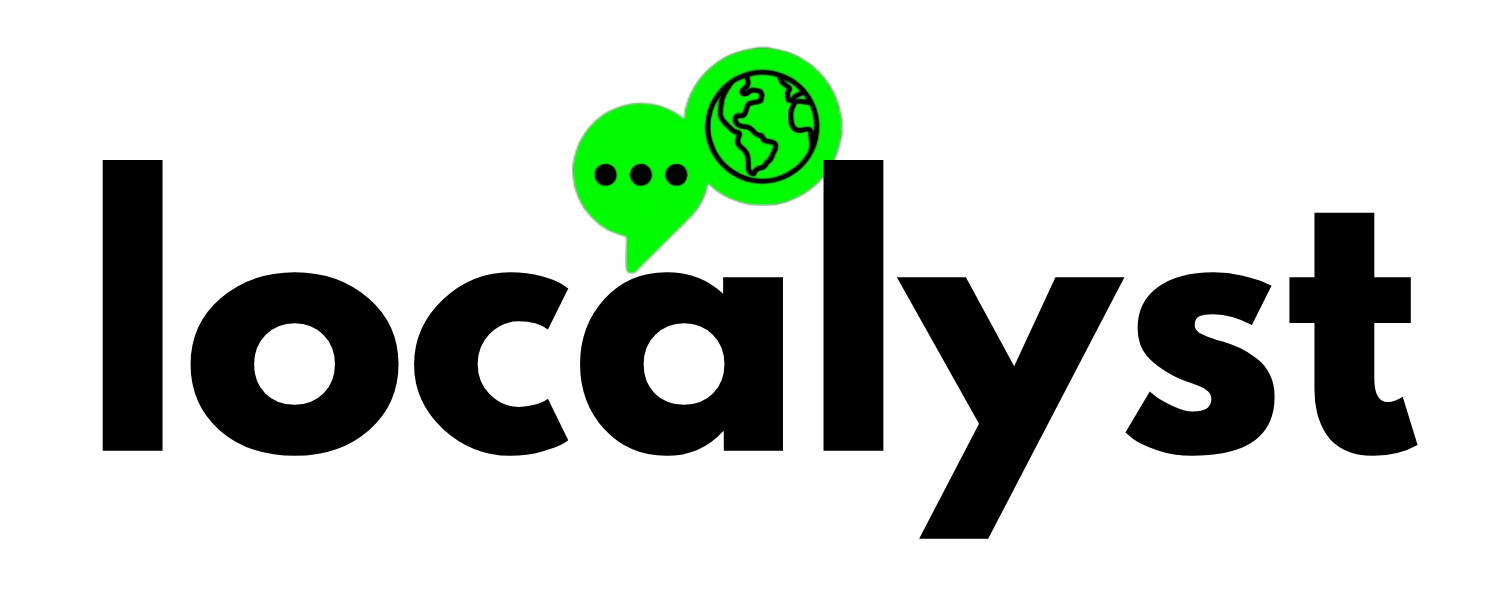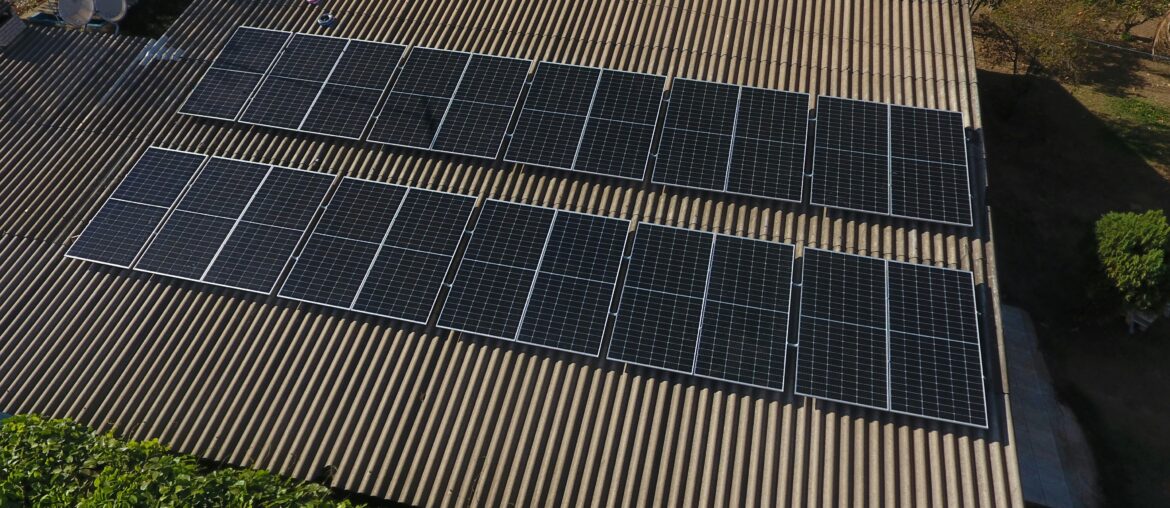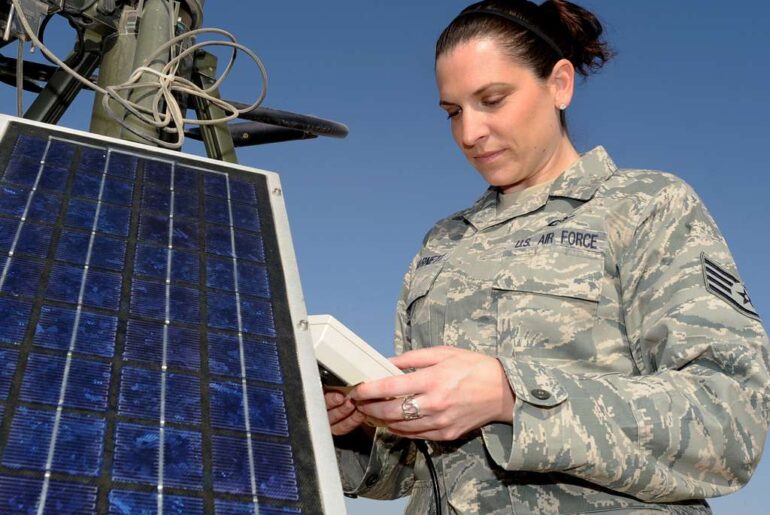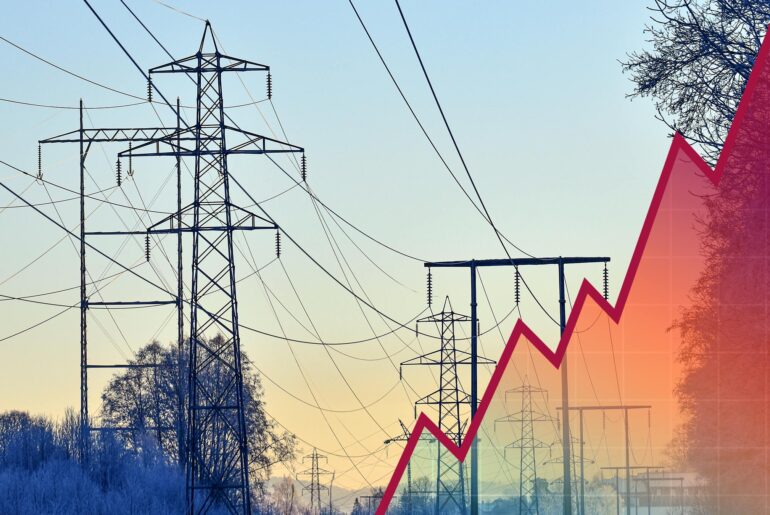If you’ve ever thought about putting solar panels on your roof but ran into a wall — maybe you rent, your roof isn’t quite right, or the upfront costs were just too steep — you’re not alone. In fact, over half of American households can’t access traditional rooftop solar, according to the National Renewable Energy Laboratory. But there’s good news: a growing option called community solar is changing that, and it’s coming to towns and rural areas just like yours.
So what is community solar? Think of it like a solar garden. Instead of each home needing its own panels, a group of folks “shares” a bigger solar array located nearby — often on a field, rooftop, or even an old landfill. You subscribe to a portion of that solar power and get credits on your electric bill for your share of what the system produces.
That means you can save money on your electricity without needing panels on your own property. And when the sun’s shining, that energy helps power your home — and your community. It’s a win-win.
Why Community Solar Matters Now
Solar energy is growing fast — really fast. According to Time Magazine, solar generation is expected to jump 75% between 2023 and 2025, thanks in large part to incentives like tax credits in the Inflation Reduction Act. But so far, most of that growth has gone to big utility-scale solar farms or individual homes that could afford the investment.
Community solar fills the “missing middle,” said Bruce Stewart, CEO of Perch Energy. His company — one of the largest focused solely on community solar — has doubled the number of customers it serves in just the past two years.
Arcadia, another solar technology company, has already helped connect over 223,000 subscribers across 15 states, with projects that generate enough power to offset the burning of over 2 billion pounds of coal each year. That’s not just good for the air we breathe — it’s good for our wallets too.
So How Does It Work?
It’s surprisingly simple. A solar developer builds a mid-sized solar array — often under 5 megawatts — on land that otherwise might not have much use. You, as a subscriber, pay for a share of the electricity it generates. Your local utility pays the solar provider for the energy, and you get a credit on your monthly bill based on your share. Most programs guarantee monthly savings, often around 10–20%.
No rooftop installation. No maintenance. No long-term contracts. And no surprises.
According to the Department of Energy’s Community Solar Basics guide: “Community solar can be a great option for people who are unable to install solar panels on their roofs because they are renters, can’t afford solar, or because their roofs or electrical systems aren’t suited to solar.”
That includes many rural folks — especially in older farmhouses, rental units, or mobile homes — who otherwise wouldn’t have had access.
Building Local Wealth
Community solar doesn’t just bring savings. It brings resilience, jobs, and opportunity.
Jeff Cramer of the Coalition for Community Solar Access points out that these projects can boost local wealth and create jobs during construction and maintenance. In some states, they even prioritize building projects in low-income areas or on land that’s gone unused for years. It’s energy progress that stays rooted in the community.
That’s a big deal in rural towns that have seen local industry move out or property taxes rise. When solar farms pop up on old lots or underutilized land, they generate new tax revenue — often without impacting current land uses or requiring major infrastructure.
Plus, these systems can help buffer the community during power outages or extreme weather. If the grid goes down, your solar garden can keep the lights on.
Challenges — and Momentum
It hasn’t always been smooth sailing. As reported by Time, community solar has faced more hurdles than rooftop solar — like complicated utility coordination and local zoning requirements. And while the Department of Energy set a goal of 20 gigawatts of community solar by 2025, we’re only about a third of the way there.
But momentum is building. The $7 billion federal Solar for All program is helping rural and low-income communities gain access. States are stepping up with new incentives, and utilities are learning that these projects aren’t just good PR — they’re smart planning.
A Path Forward for Everyone
With energy prices rising and more folks looking for practical ways to save, community solar is shaping up to be one of the most promising options out there — especially for rural America.
As David Schieren, CEO of EmPower Solar, told Time, “The outlook for community solar remains robust because it solves this major challenge… You need to have an option for a building owner to participate and community solar allows for that.”
It’s energy that works for farmers, renters, retirees and even apartment dwellers. It’s already powering over a million homes nationwide.




